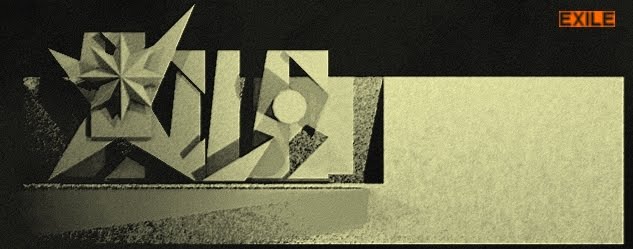http://www.livescience.com/17236-international-space-station-flex-fire-research.html
As we're certain that space is not empty, there could be fire sources in it other than dark matters. We know there are different types of dusts in space - one of them can be anything as fire particles.
If the inside of the International Space Station is clean and no such penetration of such dusts could happen, or at least they must not exist that much inside the space station to burn that way, then there must be very small particles that can penetrate steels and feed the flame.
I think it's as simple as that - the flame was kept by some type of fire source. By seeing the flame, we must be convinced that there is fire - in space waiting for fuel. But it seems the particles are so weak to start a fire of their own - but it must be because ethanol and heptane are not found in space naturally.
Then what about other types of fuel which are not oil or gas but carbon - e.g. charcoal?
Are these unknown particles (sort of a type of) dark matters? Another 21st century question!
Stars could be fed with these unknown particles. Once I read the core of comet was heated and some chemical reactions where happening. Are these particles responsible for that heat in that comet? And newly hatched stars too? Yeah! Must be!!!!
The quote above mentions - 'even after the flame was extinguished the fuel kept burning' - does it mean fire somehow can penetrate the steel cover that was supposed to stop the flame?
Space flames can also burn at a lower

What if the fuel burns without oxygen at all? Maybe not! So the law of fire is not changed - fire needs oxygen to burn.
But I wonder what if the fire gets some kind of gases that react as extinguisher? If fire in space can be extinguished with nitrogen or whatever, we could assume a reason why the earth is not too hot and supporting life.


No comments:
Post a Comment